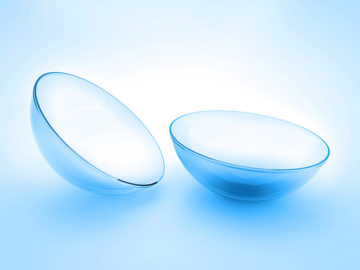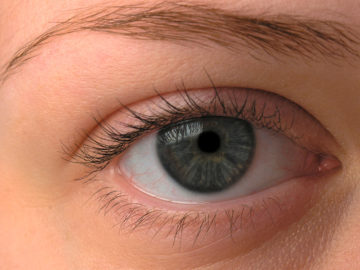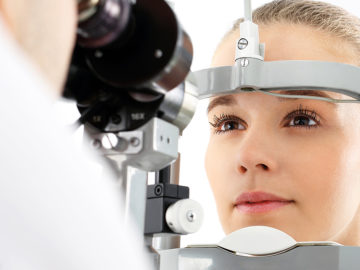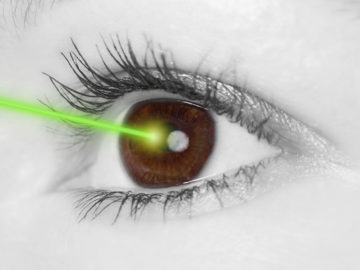Inflammation of the eye
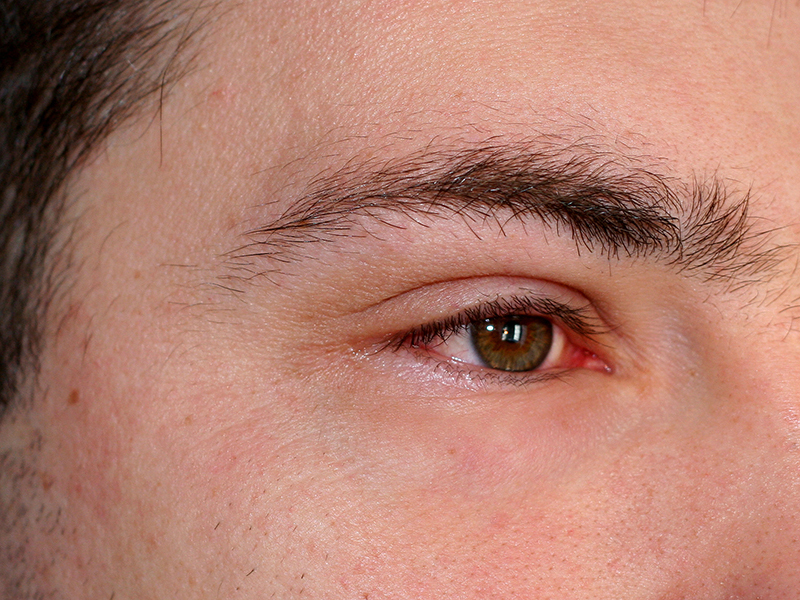
Impaired vision can encourage the development of dry eyes.
Inflammation of the eye often results from an infection by viruses or bacteria. But inflammation of the eye can also be nonspecific. Different clinical pictures are distinguished depending on which parts of the eye are affected. It is advisable to visit your eye doctor because inflammation of the eye can also progress to a severe form.
Symptoms of eye inflammation
When an eye is inflamed, it entails an inflammatory process around the eye. It can affect different parts of the eye. The term “inflammation of the eye” serves as an umbrella term for the various inflammatory diseases. Different symptoms and complaints are prevalent depending on the clinical picture. In rare cases, there can be a serious disease present which is a threat to the eyesight.
Most commonly, inflammation affects the conjunctiva, followed by the cornea and the eyelid.
Many symptoms of eye inflammation overlap with those of dry eyes. These include:
On top of that other, more specific symptoms can occur:
- pain
- eyelids sticking together
- clouding of vision
- sensitivity to light
- secretion of pus
A purulent discharge is a sign of bacterial infection. Some people affected suffer from severe pain and a significant reduction in vision.
Causes of eye inflammation
Eye inflammation can be traced back to numerous different causes. Infections due to bacteria, viruses or fungi are the main causes. The eyes are one of the ports of entry for pathogens in the human body. They put up a fight against the “invaders” on a daily basis, but when there is inflammation, the germs have outsmarted the immune defence system.
Dry eyes are particularly susceptible to eye inflammation. The eye’s immune system has only a limited effect when the tear film is impaired. In such conditions, pathogens can gain access more easily and cause inflammation. Dry eyes can be cared for with lubricating eye drops which can also help to reinforce the protective barrier against germs.
Further reasons for eye inflammation are allergic reactions such as hay fever, autoimmune diseases and environmental irritants such as draughts, dust particles or sunshine. Mechanical irritants, like when an eyelash grows into the eye, can also result in inflammation of the eye.
Diagnosis and treatment of eye inflammation
You should visit an eye doctor if symptoms of eye inflammation are present and they will conduct a slit lamp examination. Suitable treatment will be prescribed as soon as the doctor has ascertained which part of the eye is inflamed.
If eye inflammation is recognized and treated in time, the healing process is usually uncomplicated. Antibiotic eye drops are used for treatment if bacteria are the cause of the infection.
In the case of an allergic reaction, contact with the allergen should be avoided where possible. Allergic inflammation of the eye can be alleviated with special eye drops such asHYLODUAL®.
Antiviral eye drops are frequently used against viral infections. Eye ointments containing cortisone are also often prescribed.
Household remedies for eye inflammation?
In general, inflammation of the eye should always be examined by an eye doctor. At worst, inflammation can take a severe course and lead to permanent decreases in, or even loss of, vision.
Lubricating eye drops or ointments help to regenerate the eyes. Warm, damp compresses laid upon the affected eye can help with the healing of inflammation of the eyelid or with styes. Attention must be paid to strict hygiene when using compresses as otherwise there is a risk of spreading the germs.
It is not advisable to use washes or compresses containing camomile, as there is a risk of an allergic reaction. In addition, the eye can be greatly irritated by the fine hairs in the camomile blossoms.





